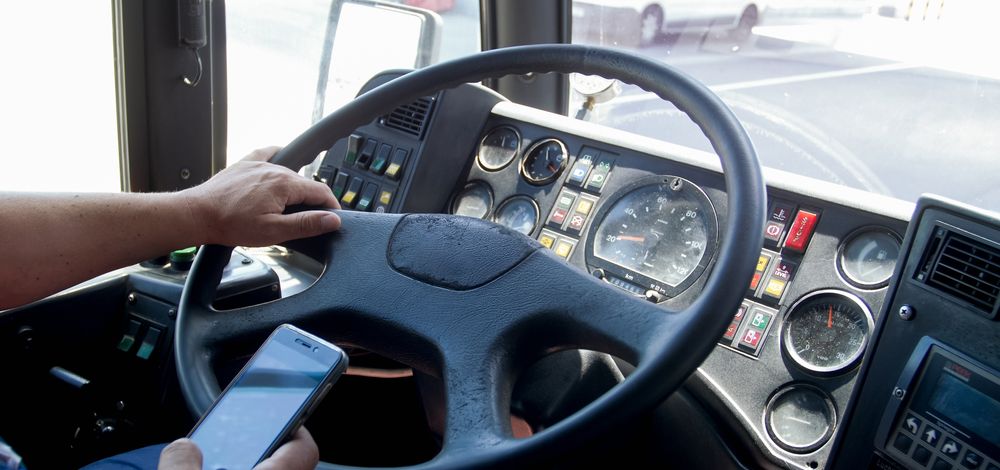
As a fleet manager you’re called upon to balance many – sometimes contradictory – tasks. Among the most basic of these challenges is balancing fleet efficiency with driver satisfaction. You want to ensure that drivers feel supported in their roles while also contributing to the overall health of your company.
An example of this balance is introducing new technology, such as a collision avoidance system, to your fleet. The fleet management side of you knows that this will reduce downtime by keeping your vehicles up and running and increase driver safety through real-time alerts, but the HR side of you knows that there is always some reluctance on the part of drivers to learn about a new device and feel as though they’re being monitored.
Fortunately, new technologies are usually not a zero-sum game, but rather can provide benefits for both fleet management and driver satisfaction. The key is helping drivers understand how they benefit from a more efficient fleet. What follows are five steps to introducing new technology to your drivers more seamlessly in order to increase its adoption.
1) Keep them informed ahead of time
In the beginning stages it’s critical to let everyone know what’s going on. Imposing a new technology on drivers like a bolt out of the blue could lead to opposition and resentment. Bringing drivers in as early as possible allows you to deal with any potential opposition immediately, avoiding issues in the future. This will also prevent the rumor mill from taking over and causing unnecessary fear and panic.
2) Agree on the “why”
It’s important for your drivers to understand why you’re adopting this technology. Explain your goals – increased fleet efficiency, lower collision rates etc. and how these goals will help them – improvement in driver score with fewer crash, completing their routes without fender benders, fewer injuries and other benefits to them. Make them feel part of the fleet management team.
3) There’s no such thing as over-education
Even before installing the new technology, let your drivers familiarize themselves as much as possible with the new equipment. Mobileye, for instance, has produced a short video explaining the benefits of its collision avoidance system that would help drivers understand how it makes them safer.
4) Take your time
When you first install the technology, let drivers adapt to it. Don’t start collecting data right away, rather let drivers get used to the fact that the equipment is there before taking full advantages of its functions. Of course it’s also important to keep your drivers updated about what information is being collected, when and how it’s being used, all in compliance with any applicable law.
5) Give continual positive reinforcement
Once the technology is up and running continue to show drivers how the technology benefits them by rewarding good driving behavior. For instance, Mobileye’s system integrates with telematics systems and the driver behavior data could be used to reward the driver with the fewest collision warnings.
While fleet management often requires a balancing act, done right you can create a win-win situation, running an efficient fleet with happy drivers and staff.
Contact a company representative for more information about how to include Mobileye in your fleet management plans.





